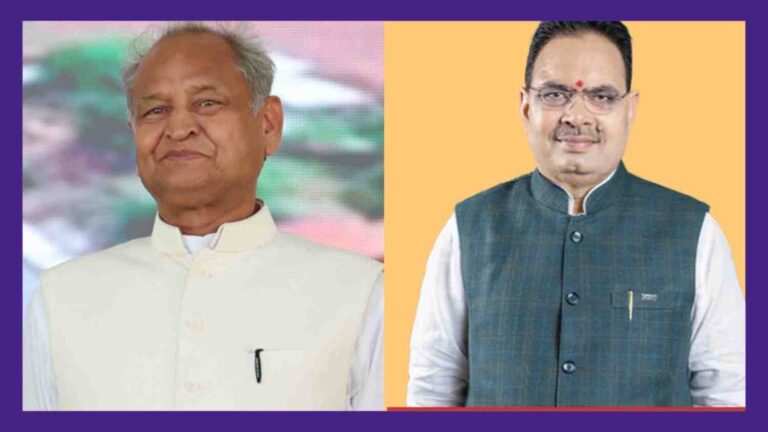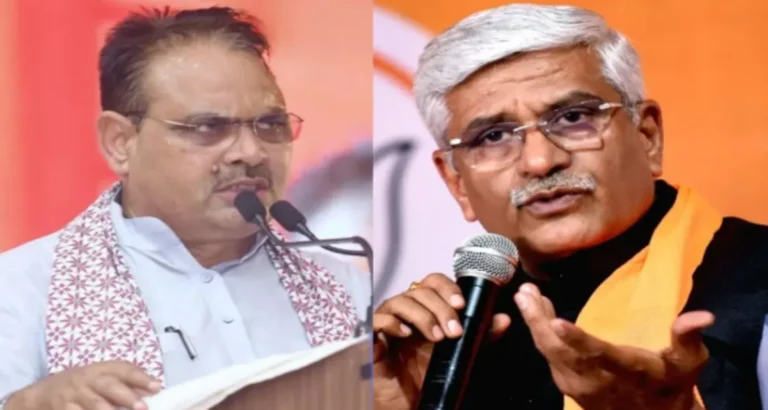Administrative changes have recently been made by the BJP government in Rajasthan led by CM Bhajan Lal Sharma, which shrank the number of districts in the state from 50 to 41. This major reorganization has manifold implications on why the nine districts were dissolved, with an ongoing discourse on whether there is efficiency in the present governing structure. Likewise, it looks into the repercussions for local governance, public services, and political interest in Rajasthan with regard to this decision.
Under the courageous decision of the Rajasthan government led by Chief Minister Bhajan Lal Sharma, nine districts and three divisions created during the previous Congress government under Ashok Gehlot will be closed. This administrative restructuring was completed by way of a cabinet meeting on December 28 in 2024 in an effort to begin reforming governance, which is what the BJP government states will result in greater efficiency.
So put it, dissolved towns include Dudu, Kekri, Shahpura, Neemkathana, Gangapur City, Jaipur Rural, Jodhpur Rural, Anupgarh, and Sanchore. Along with that, the divisions of Pali, Banswara, and Sikar have also been annulled. Now, thus districts get reduced to 41 from the previous number by adding up these divisions. The government said that these new avenues were subject to the creation without considering practicability, available financial resources, and public interest, which gives an unnecessary burden on the resources of the state.
Debate on Governance and Efficiency
The action has led to an intense discussion on the related issues of governance and administrative efficacy. Critics, including Ashok Gehlot, have brought to light their apprehensions regarding the move, which, in their opinion, showcases an absence of visionary thinking while also jeopardizing the administrative benefits smaller districts were supposed to provide. The BJP has since been on the receiving end of accusations from Gehlot and other Congress leaders, who seem to accuse it of reversing progressive steps that were taken by their government for the purpose of the governance being available to the common people. They maintain that smaller districts promote public service delivery by reducing the area covered by each administrative unit.
On the contrary, proponents of the dissolution, including representatives of the present administration, argue that the reorganization will achieve better allocation and improved governance. Parliamentary Affairs Minister Jogaram Patel said the decision was taken after properly considering administrative requirements as some of the dissolved districts did not even include six tehsils. He questioned their need. Government sources claimed the re-organization would bring in streamlined functioning, which could prevent redundancy and ultimately take governance to an effective higher level.
Such decisions have led to public protests in some areas affected by the loss of district status, which is viewed by local leadership and residents as a hindrance to local development projects and community identity. There have been calls for a reexamination of the decision, with some political leaders going as far as to suggest that it should be challenged legally.
While Rajasthan acclimatizes itself with this new administrative map, the effects on local governance, public services, and political dynamics will be avidly watched. Whether or not it gets the much-promised efficiency or becomes a roadblock in the already slow administrative progress is a matter of contention. The Sharma-led government is adamant about its decision to change the existing bureaucratic configuration of Rajasthan, which it hopes, will indeed lead to better management of the state.




